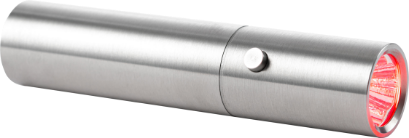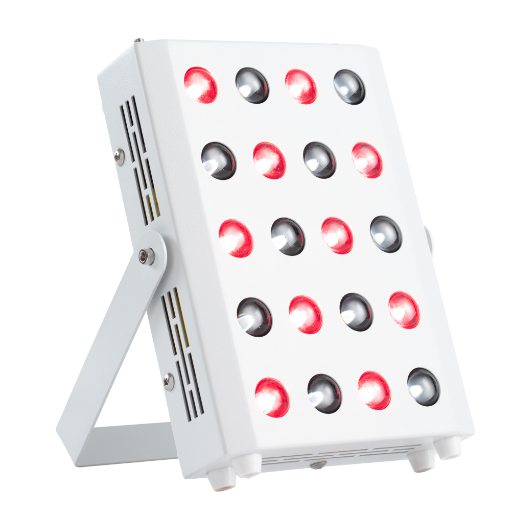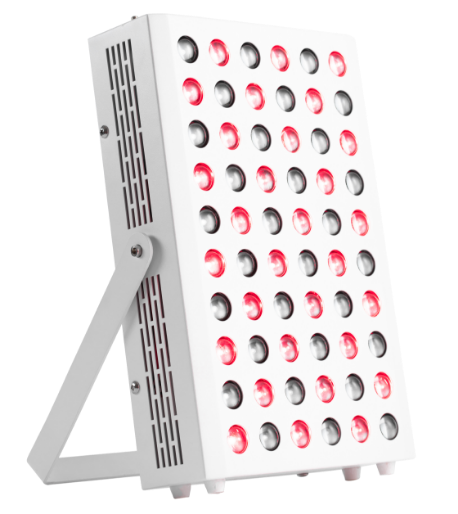Intro:
Did you know that ‘light therapy’ is one the earliest recorded healing techniques? Not only was it first used as ‘Solar Therapy’ in Ancient Egypt, but it has roots in other civilizations, including the ancient Greeks, Chinese and Indians.
It’s certainly clear that light has many healing effects – especially at a cellular level. A number of clinical studies have been taken to demonstrate the effectiveness of different wavelengths of light on the body, how this light can treat several conditions, and the optimal environmental factors needed for the light to be as effective as possible.
In this article, we are going to delve a little deeper into the explanation of light wavelengths, how it works, and how you can start treating yourself with red light treatments.
The Visible Spectrum
Let’s start at the beginning. It’s a fact that all light falls along a spectrum of wavelengths. Surprisingly, only part of this spectrum is visible to the naked eye, and it’s known as the ‘visible light spectrum’. In more simple terms, this range of wavelengths is known as ‘visible light’. Typically, the human eye can detect wavelengths from 380 to 700 nanometers (nm).
Here is an overview of the different types of visible lights and their respective wavelengths:
- ULTRAVIOLET LIGHT – Less than 400nm
- VIOLET LIGHT – Between 400nm and 445nm
- INDIGO LIGHT – Between 445nm and 475nm
- BLUE LIGHT – Between 475nm and 510nm
- GREEN LIGHT – Between 510nm and 570nm
- YELLOW LIGHT – Between 570nm and 590nm
- ORANGE LIGHT- Between 590nm and 650nm
- RED LIGHT – Between 650nm and 780nm
- INFRARED LIGHT – 780nm and above
So how do we see it? The cone-shaped cells in the human eye act as a receiver tuned to the wavelengths in this narrow band of the spectrum. This means that we cannot perceive other portions of the light spectrum as the wavelengths are either too large or small.
Take a prism for example. If you fire light directly at one, the wavelengths will separate into the colors of the rainbow because each color is a different wavelength. Violet has the shortest wavelength, at around 380 nanometers, and red has the longest wavelength, at around 700 nanometers.
Let’s Talk About Red / Infrared Wavelengths
So if there are so many bands of light, why is red light considered the best for everyday use? Well, scientifically speaking, as red and infrared light falls within the wavelength range of 650-850nm, it’s considered as the ‘therapeutic window’ and the optimal length to impact cellular health and over cellular function.
It allows visible red light to deeply penetrate the skin, speeding up the production of ATP in your cells, to offer rejuvenating outcomes for a range of health conditions. You can read about the full list of benefits of red light on health here.
By using powerful red light therapy devices, such as the iRed Max Series, iRed Nano Series and iRed Bullet Series, harness the regenerative healing capability of red light wavelengths, without the damaging effects of UV light that can lead to other health conditions.
Ready to try Red Light Therapy out for yourself?
At iRed, we offer a range of affordable Red Light Therapy devices that do not compromise on quality. You can see our full range here, including 20-bulb and 60-bulb panels and a portable Red Light torch for more localized treatments.
Please do get in touch if you have any questions about Red Light Therapy or our products, we’d be more than happy to assist you!







